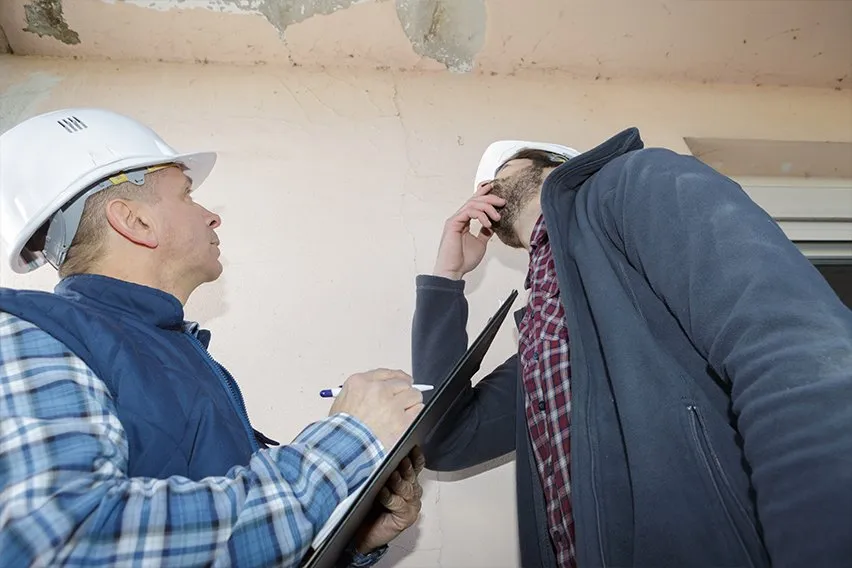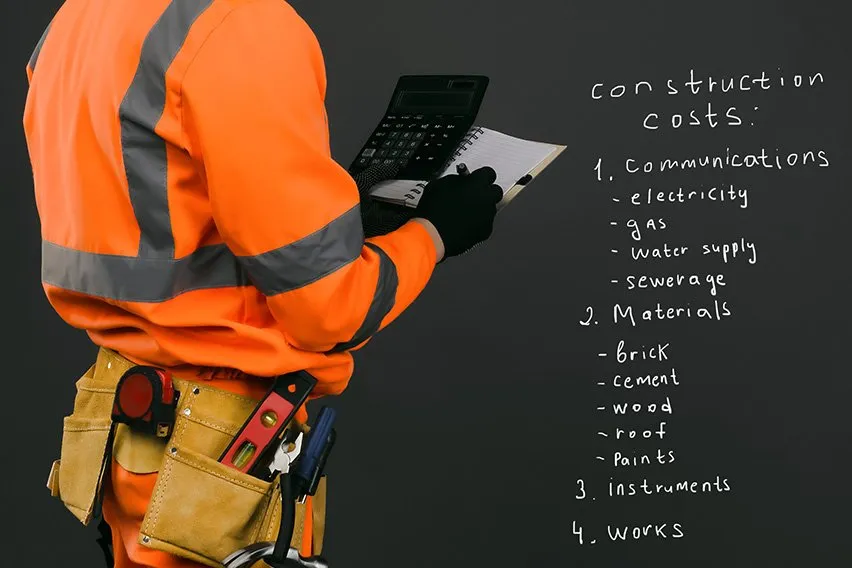Quote vs Estimate: How Do You Know Which One You Should Use?

Let’s look more deeply at what they each are.
For a customer or potential clients, understanding the difference between a quote vs an estimate can be confusing.
Every job will be a bit different, which makes it hard for a business owner to give a set, standard price list for work. This is especially true in certain industries, such as construction.
Many different variables can impact the price. You need to consider labor costs, the price of materials, and the complexity of the work. For customers, this isn’t very helpful when they’re trying to assess if they’re getting a fair price. In most cases, they would prefer exact prices.
Nobody wants to feel blindsided by a hefty bill that came out of the blue. It feels unfair and can quickly damage a relationship built on trust.
This is why quotes and estimates are so important.
So what is the main difference between a quote and an estimate?
To put it very simply, a quote is an agreed price between parties, and an estimate is a price that has been estimated and is therefore subject to change.
Here’s What We’ll Cover:
How Do You Give an Estimate & Quote?
Should You Always Give Your Quote or Estimate in Writing?
What Should Be Included in a Quote and Estimate?
Estimate vs Quote: Which One Should You Use?
What Is a Quotation?
A quotation will be given by a business to a customer.
It is a fixed price offer that neither party can then change after it is agreed. It results from a detailed inspection of the work required and accounting for the cost of both labor and materials.
As a quote cannot be changed after it has been agreed upon, it is very important to allow for some flexibility. It is also necessary to be realistic about the length of time the work should take to complete.
If you simply cannot say how long something might take or give an exact amount of what it should cost, it is probably better to give an estimation.

What Is an Estimation?
An estimation is just that: a ballpark figure accounting for how long something will take and how much you expect it will cost to do.
This will be an educated guess based on your past experiences and what you’ve been told by the client. This can be subject to change as the job progresses, taking into account new or unforeseen developments and delays.
It can also change before the job even starts, and when you learn more about what is needed from you.
A project estimate should generally account for both best- and worst-case scenarios so a customer is fully aware of what the costs could be.
It is difficult to give a wholly accurate estimate but ideally, it should be somewhere within 20% of the final price.
How Do You Give an Estimate & Quote?
In any job, there will be costs that you can anticipate and easily quantify. There will also be costs that are subject to change and depend on the nature of the work itself.
These are called fixed and variable costs.
To give both a quote and an estimate for a construction project, you’ll need to know the costs involved, even if you’re unsure exactly how much they will be.
This can mean taking the time to find out costs of raw materials, estimates of labor, equipment costs, etc.
Should You Always Give Your Quote or Estimate in Writing?
As a rule, yes.
You should put your quote, and estimates in writing and it should describe exactly what it is.
This helps both you and the customer to know exactly what the price includes and mitigates the risk of pricing disputes later down the line.
If you can, it’s also a good idea to type out your quote or estimate. It is important that it can be clearly understood and displays a level of professionalism.
What Should Be Included in a Quote and Estimate?
As mentioned, the first rule is that it should say exactly what it is.
When writing an estimate, it will generally look at the job in general terms. It will describe your best guesses for how long it should take and what materials will be needed.
It should always explain that it is an estimate and is therefore subject to change as and when a quote is prepared.
You’ll then usually prepare a quote after an estimate when you have a greater understanding of what the job entails.
This needs to be a specific, detailed document bearing in mind its possible legal implications.
You should include the following:
- The details of the customer and the job itself
- A detailed breakdown of costs and how you came to the figure quoted, i.e. explaining labor and material costs
- An explanation as to how you arrived at the figure
- Estimated completion times
- The total price
- Estimate Terms and conditions (if you have them formally written up)
- Date the quote or estimate and explain the period in which you intend to honor that price

Estimate vs Quote: Which One Should You Use?
To badly paraphrase Shakespeare… “to quote or to estimate, that is the question.”
As a quote represents a contract that is legally enforceable by both parties, it should only be used when you’re sure of the costs that are involved. This is the part that’s critical to get right and acts as a statement of record.
If you can’t be sure, you should give a project estimate (or several) as to your best guess of the overall price, so the customer has a rough idea.
Understandably, a prospective client will usually want a written quote.
This helps to manage client expectations while giving them peace of mind that they know exactly what their costs will be at the end of the work.
Whichever one you choose, make sure that it’s clear on the face of it for both you and the client which one it is. This will help greatly later down the line if a dispute should arise – it’s critical to make sure your ducks are in a row before starting any job.
RELATED ARTICLES

 What Does a Cost Estimator Do & How to Become One
What Does a Cost Estimator Do & How to Become One 10 Best Construction Estimating Software in 2025 (Free & Paid)
10 Best Construction Estimating Software in 2025 (Free & Paid) Building Cost Estimator: Calculating Construction Cost
Building Cost Estimator: Calculating Construction Cost How to Estimate Construction Jobs: 10 Steps
How to Estimate Construction Jobs: 10 Steps  How Much to Charge for House Cleaning: 2025 Pricing Guide
How Much to Charge for House Cleaning: 2025 Pricing Guide How to Charge for Catering: A Complete Pricing Guide
How to Charge for Catering: A Complete Pricing Guide